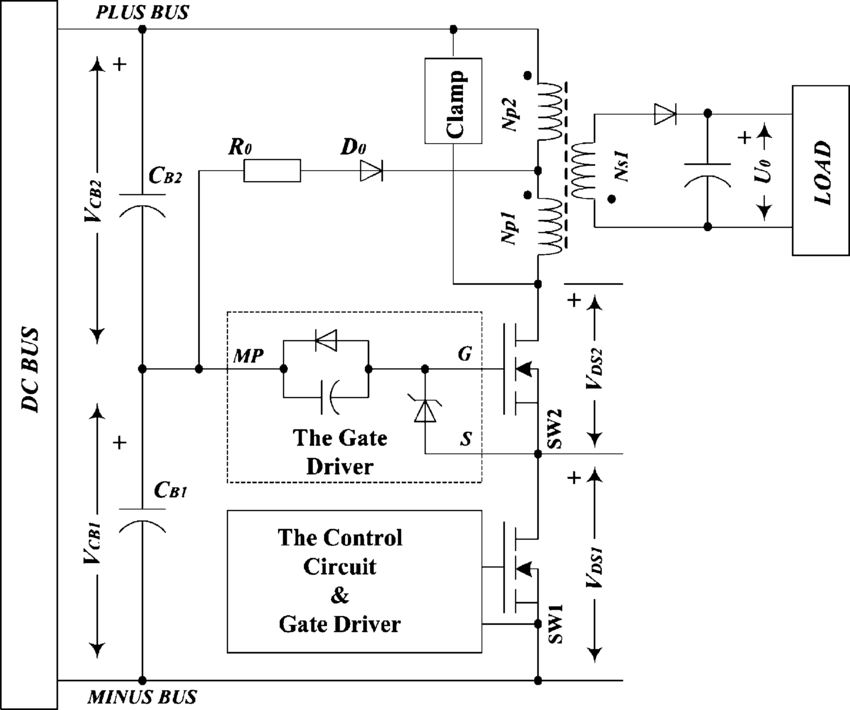SMPS High-Voltage Isolation Design: A Beginner’s Guide

Switch Mode Power Supplies (SMPS) are commonly used to convert AC to DC efficiently. However, high-voltage isolation is crucial to prevent electric shock and protect sensitive components. Improper isolation can lead to component failure or even damage to the entire circuit.
The Problem :
In an SMPS, the primary and secondary sides must be properly isolated to avoid high-voltage leakage. Transformers provide this isolation, but poor insulation or faulty components can create dangerous situations. Optocouplers are often used to provide feedback while maintaining isolation between high and low-voltage sides.
The Solution :
Consider a scenario where you’re powering a 5V microcontroller from a 230V AC supply using an SMPS. If the transformer’s insulation is weak, high voltage may leak to the low-voltage side, risking damage. To fix this, use an optocoupler like the PC817 to provide feedback with 5kV isolation.
Practical Example :
Imagine you’re building an IoT device using a 5V microcontroller like Arduino, powered by a 230V AC input using an SMPS module. If the insulation in the transformer fails or the optocoupler is missing, high voltage can leak to the low-voltage side, potentially frying your microcontroller or worse, causing a shock hazard.
Sample Calculation :
For optocoupler resistor sizing:
Forward voltage (Vf) = 1.2V
Input current (If) = 10mA
Resistor (R) = (5V – 1.2V) / 0.01A = 380Ω
A 390Ω resistor (standard value) is ideal.
Recommended Components :
Ensure safe high-voltage isolation in your SMPS designs with Made in India components. Shop now at SmartXProKits.in and support India’s innovation—buy from our Make in India site!




















